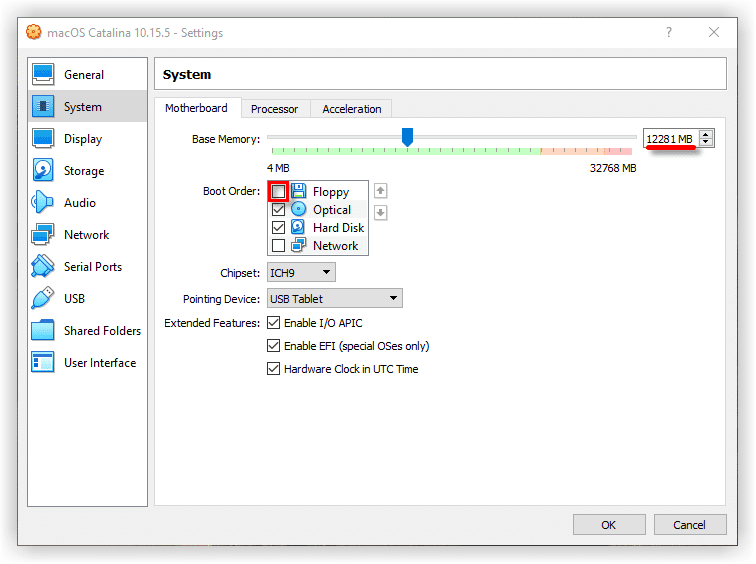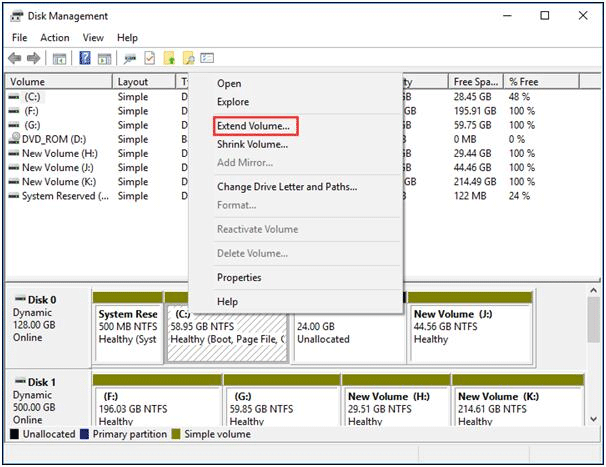

VBoxManage modifyhd "C:\Users\ted\VirtualBox VMs\Ubuntu 14_04 64-bit Clone\Ubuntu 14_04 64-bit Clone-disk2.vdi" -resize 10000įor more instructions, you can see a previous article about resizing dynamic disks used with Virtualbox. In this case, it was made to be about 10 GB. The command below can be used to resize the new clone into your desired size. VBoxManage.exe clonehd "C:\Users\ted\VirtualBox VMs\Ubuntu 14_04 64-bit Clone\Ubuntu 14_04 64-bit Clone-disk1.vdi" "C:\Users\ted\VirtualBox VMs\Ubuntu 14_04 64-bit Clone\Ubuntu 14_04 64-bit Clone-disk2.vdi" -format VDI -variant Standard A standard VDI is dynamic and resizable, unlike the original. The example is shown below and it uses 2 parameters at the end to state the VDI file type and to make it a standard VDI. The next step is to use the clonehd command to clone a VDI file.

In this case, it isn located at ‘C:\Program Files\Oracle\VirtualBox’. Once you have opened it, you will need to navigate to the folder where the VBoxmanage.exe file is located. Just right click to open as an administrator.

For example, you may find it at All Programs >Accessories >Command Prompt. In order to do this, you will need to open up the Command Prompt with administrative priviliges. The first step is to clone the fixed disk sized Virtual machine. If this is the case, this lesson will explain how you can do that. Resizing a Fixed Size Virtual Machine Using Virtualbox on WindowsĪlthough it could be a hindsight or a mistake, you could have a Virtual machine that is almost out of disk space and you feel your only option is to resize it.


 0 kommentar(er)
0 kommentar(er)
